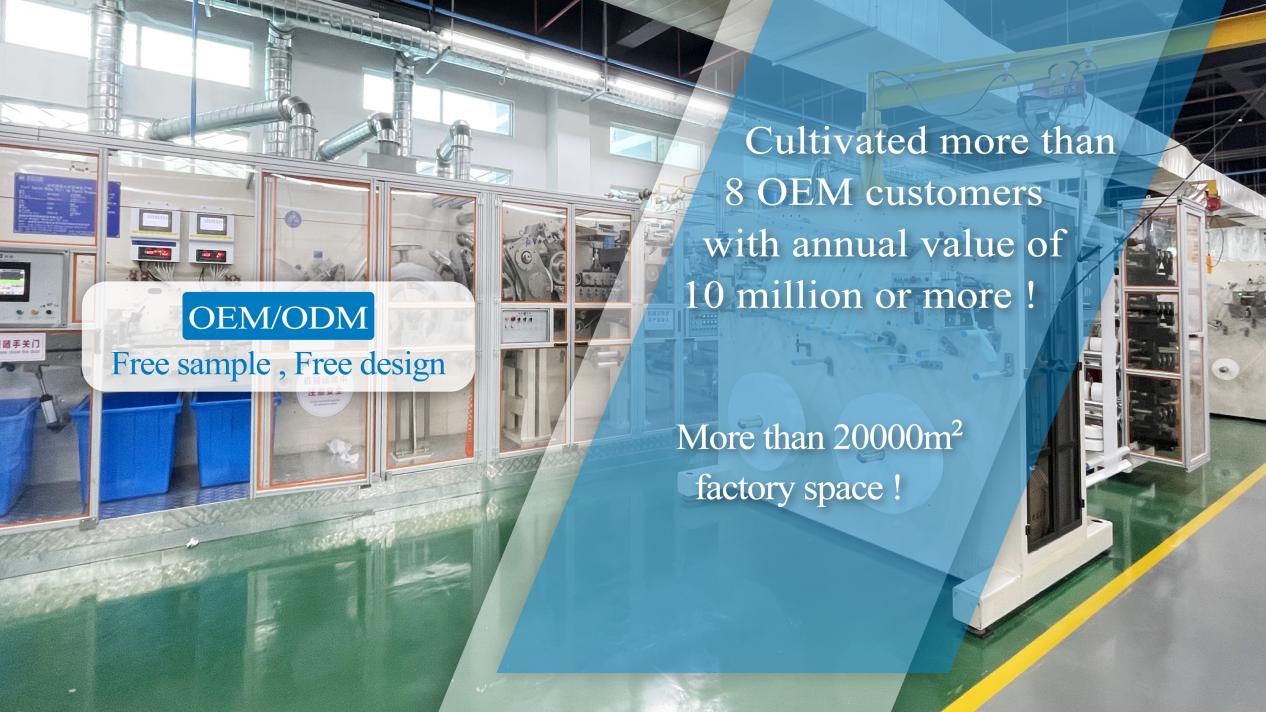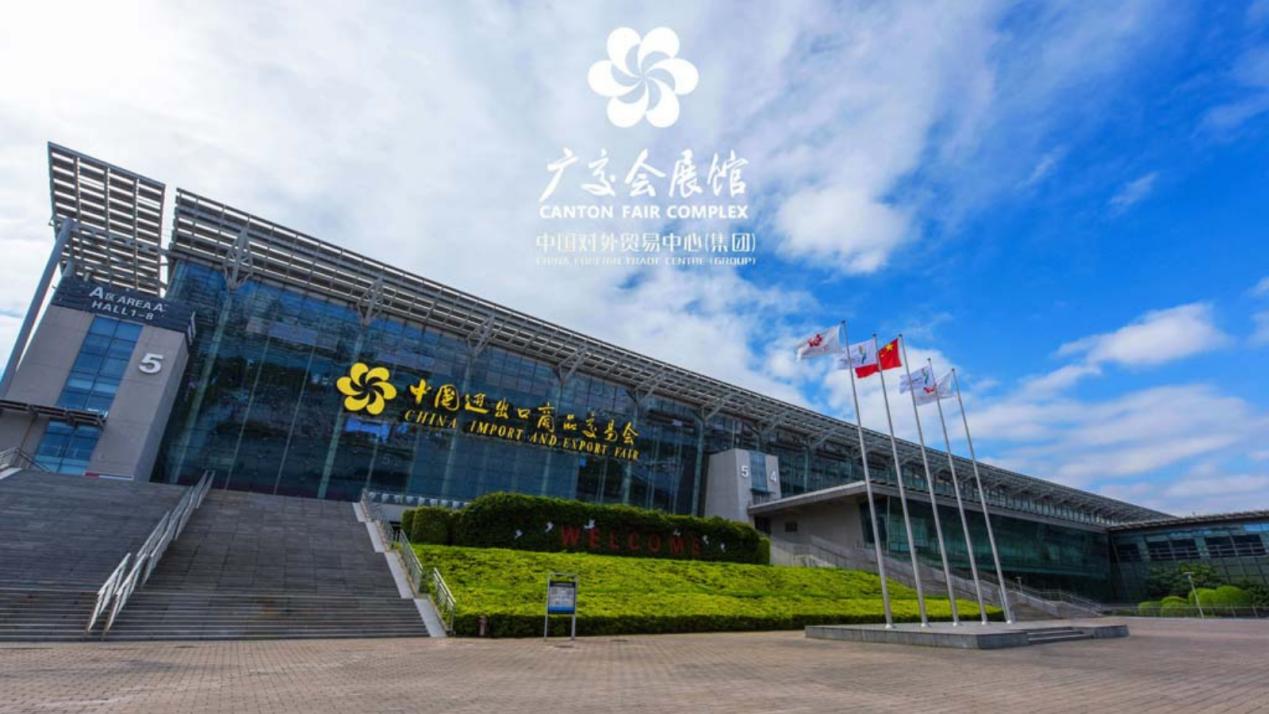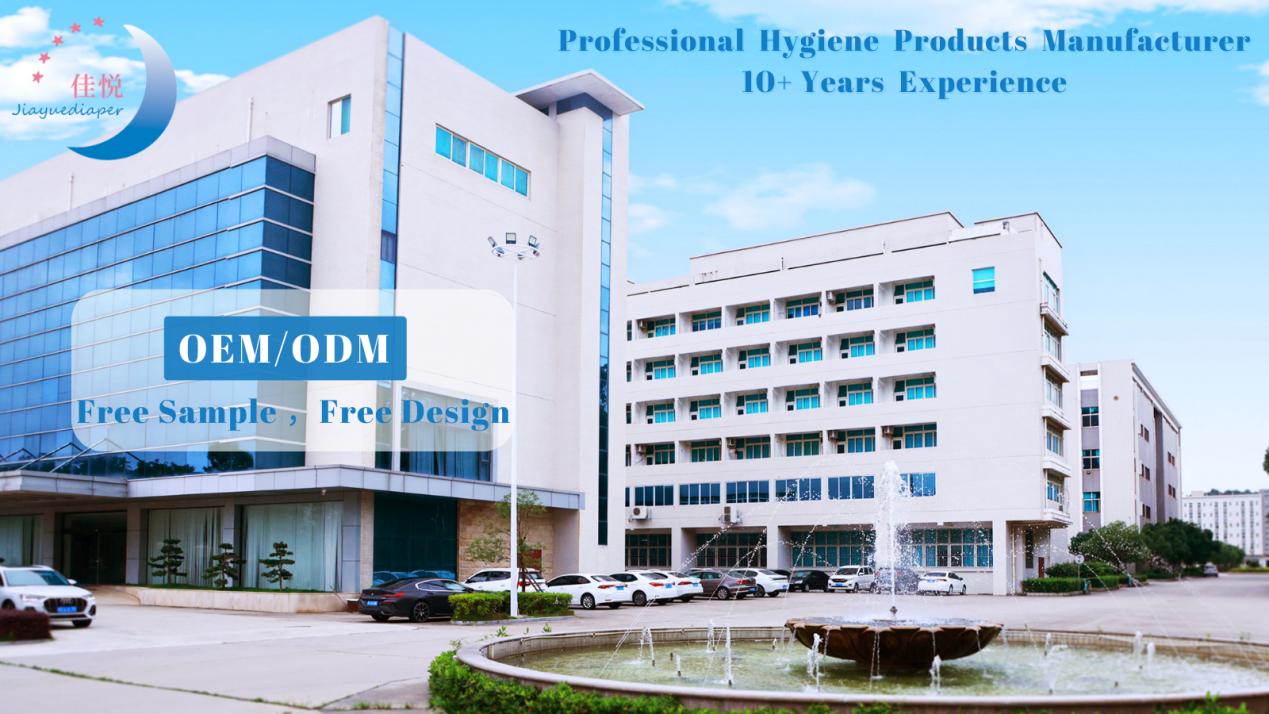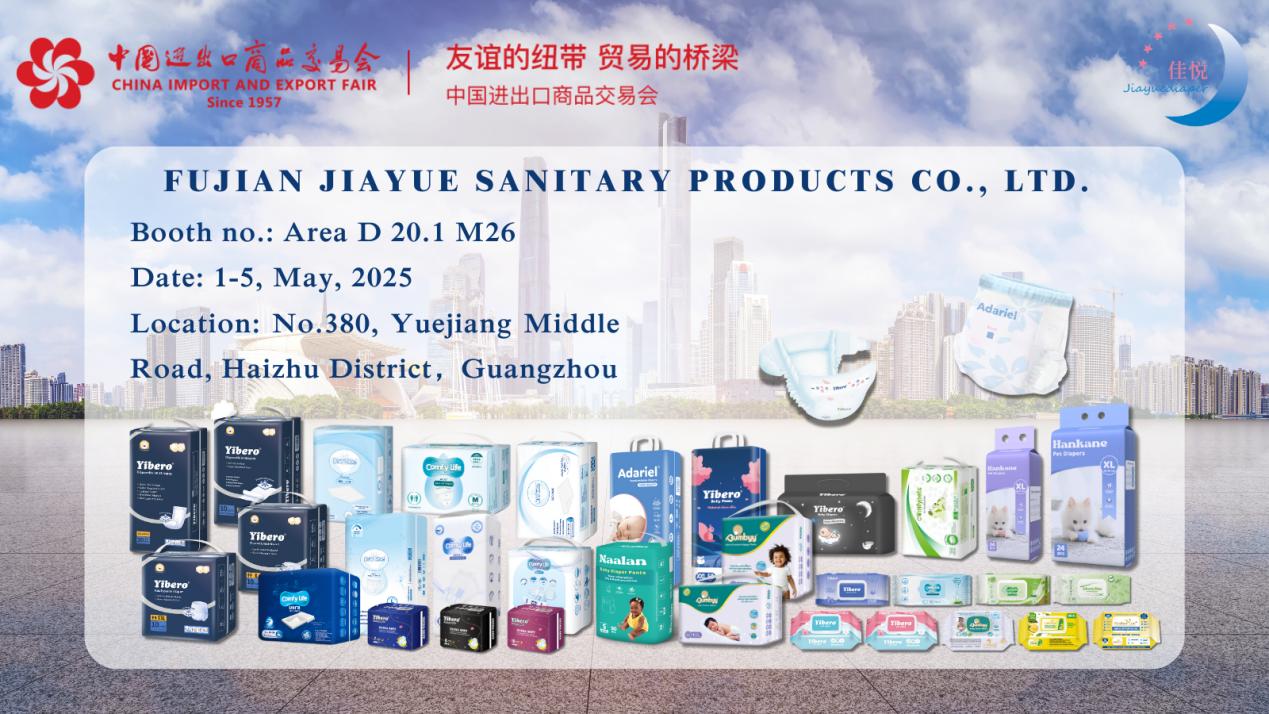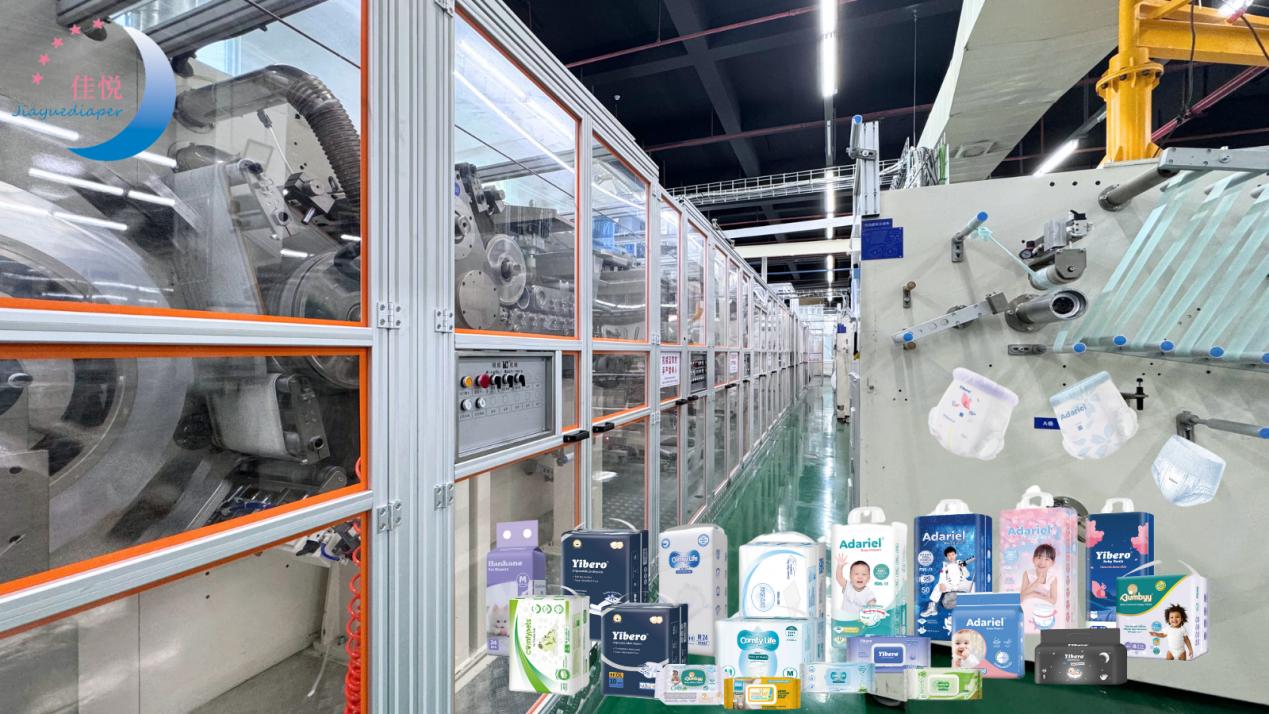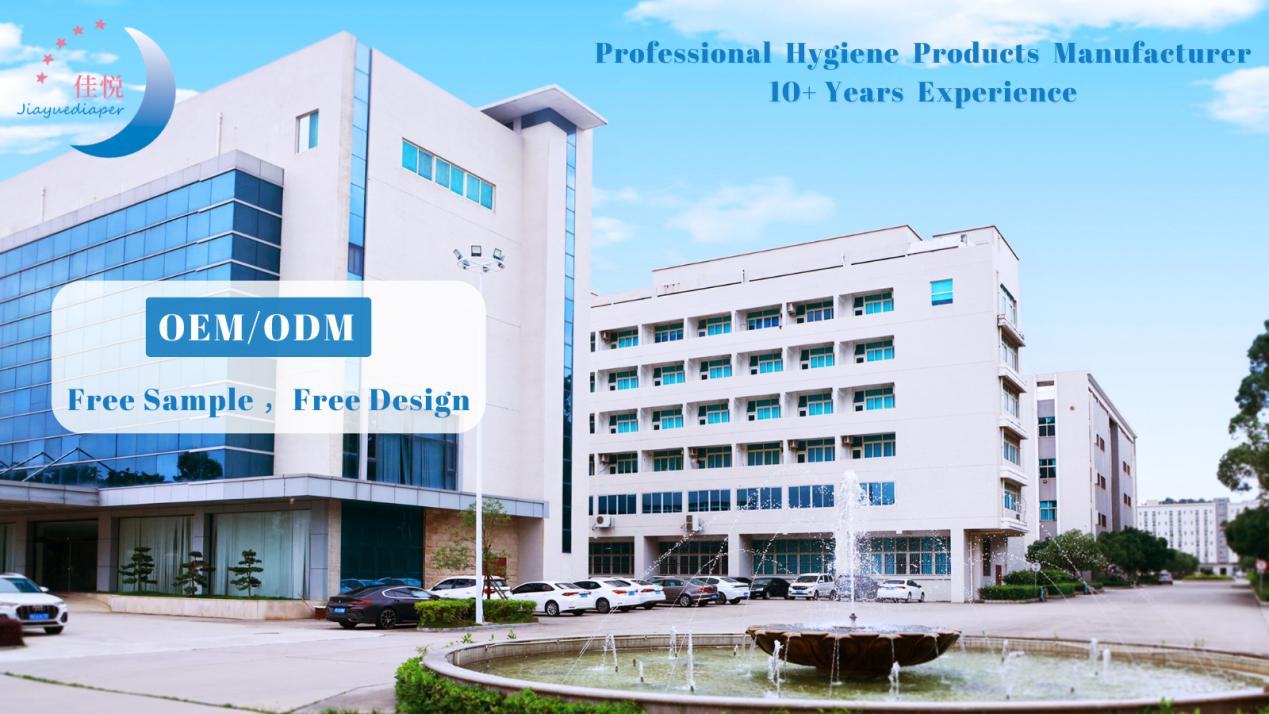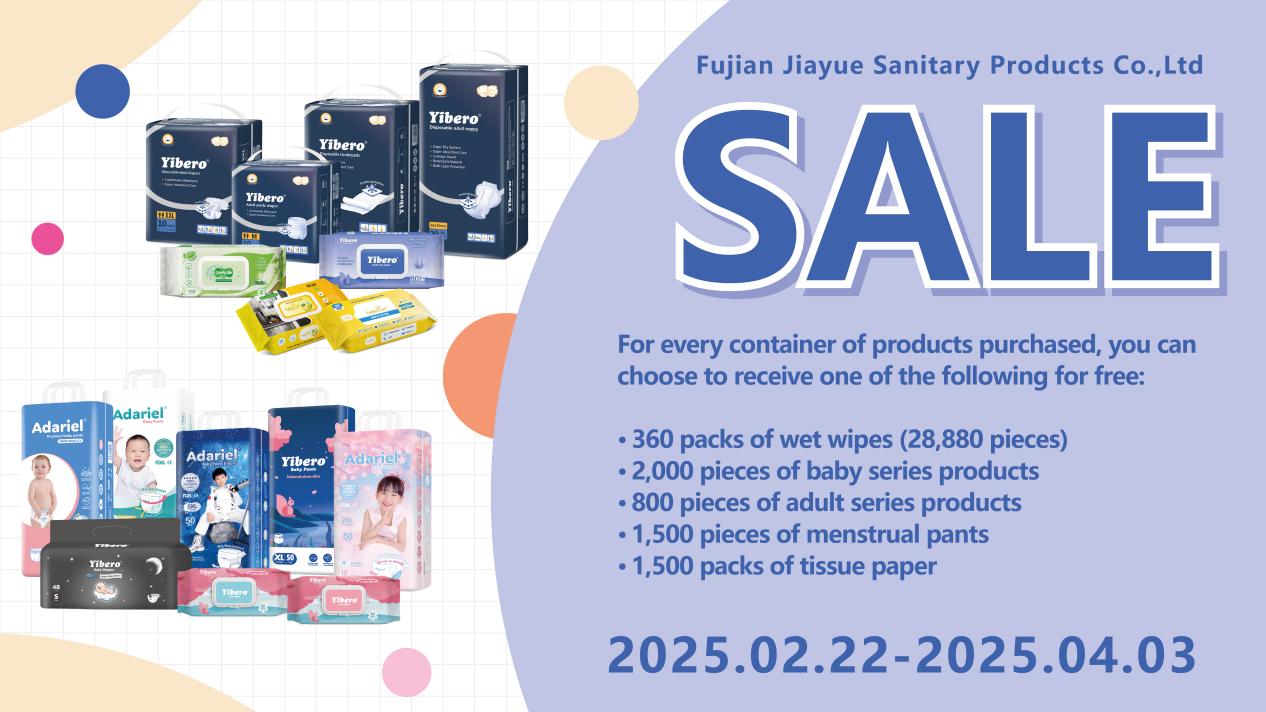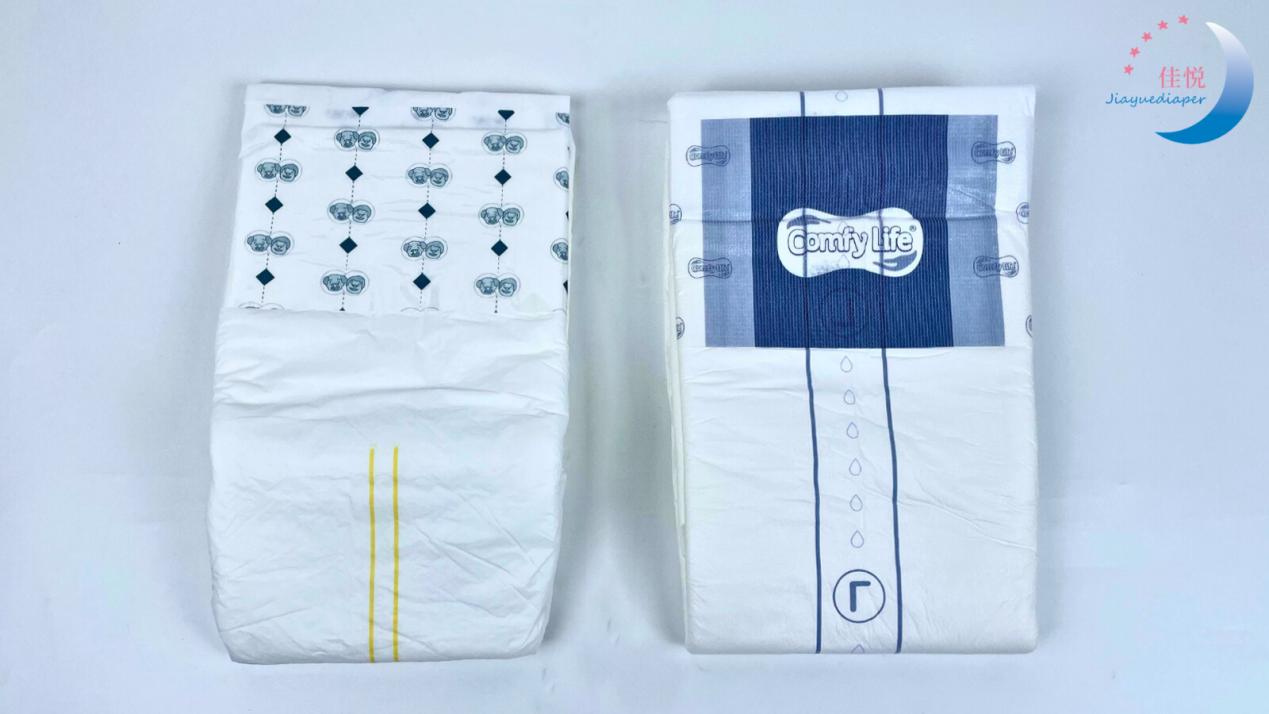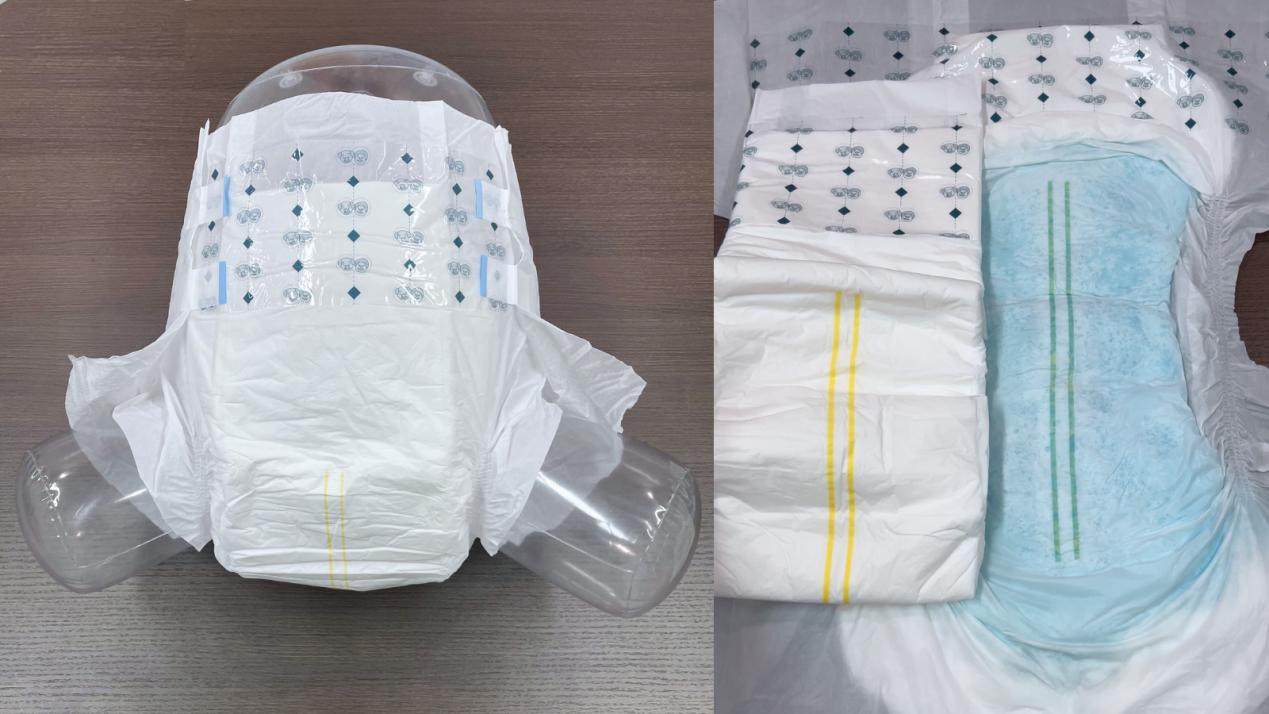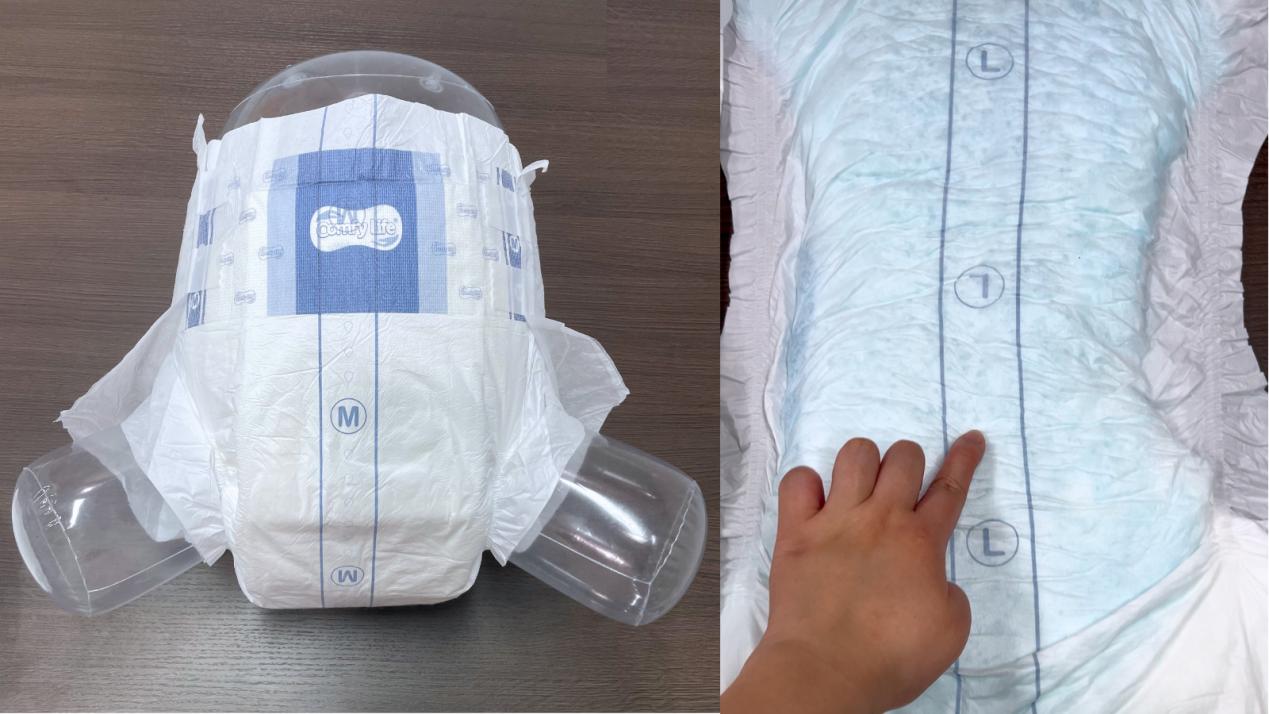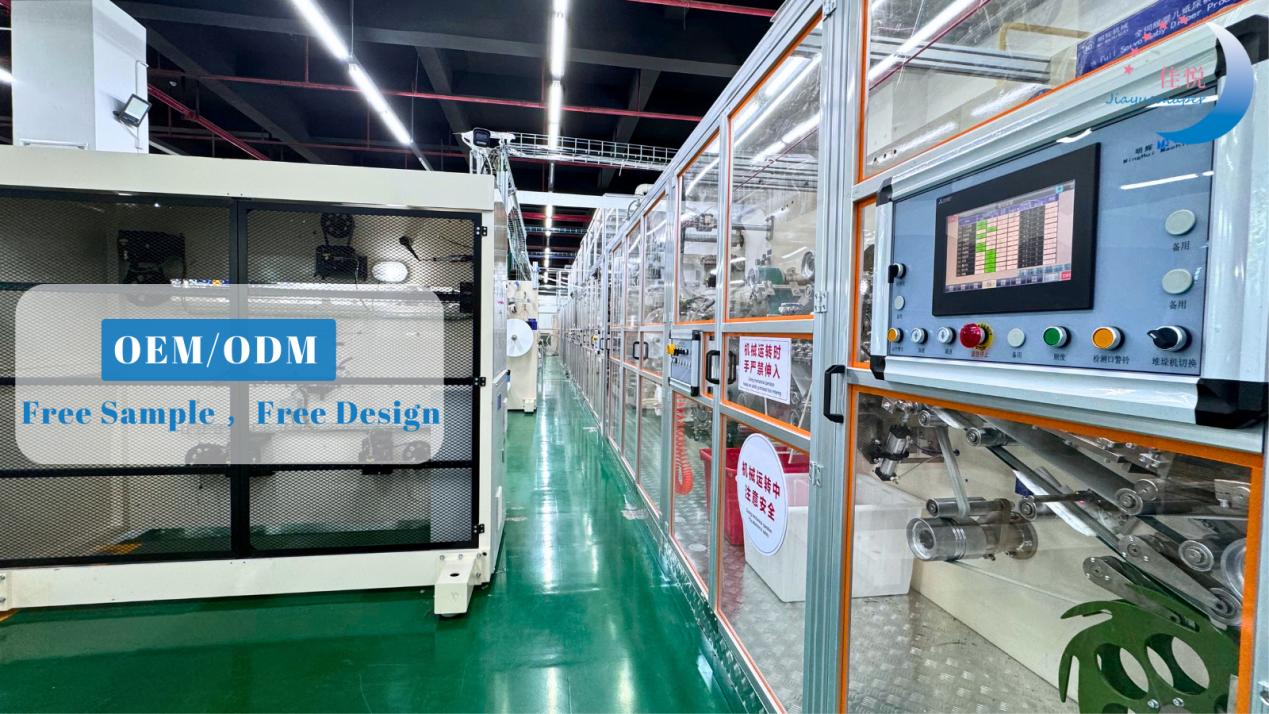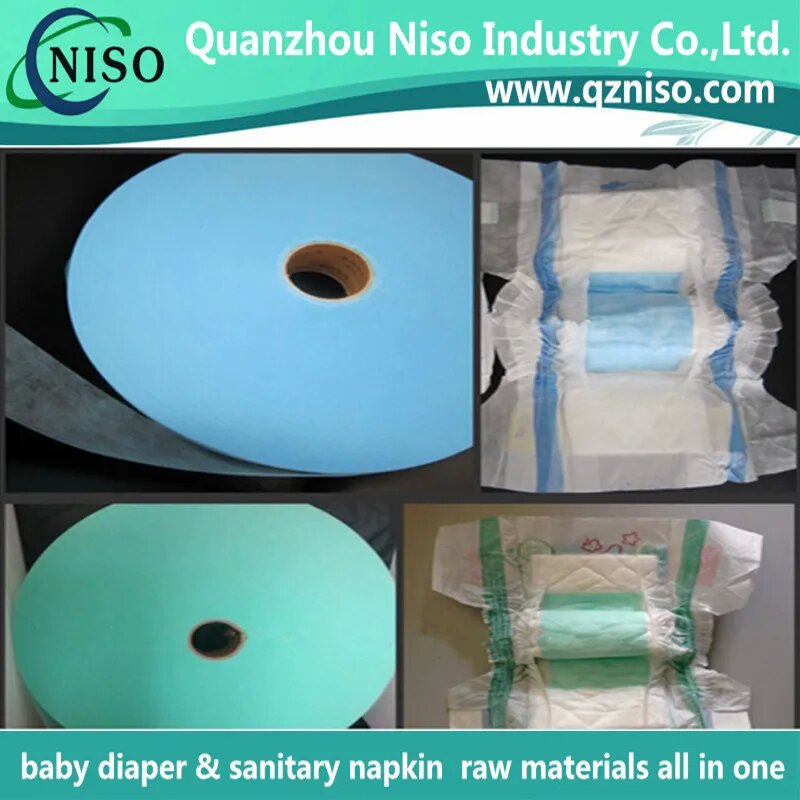As global consumption levels continue to rise, health and comfort have become core concerns for modern consumers, making disposable hygiene products an essential part of daily life. As Jiayue’s own brand, Adariel keeps pace with market trends and is committed to providing baby and adult hygiene care products to consumers worldwide. With high-quality products focused on comfort and safety, Adariel has steadily won customer recognition. In May, Adariel successfully completed shipments of its baby pull-up pants, not only maintaining its high manufacturing standards but also injecting strong momentum into the brand’s global expansion.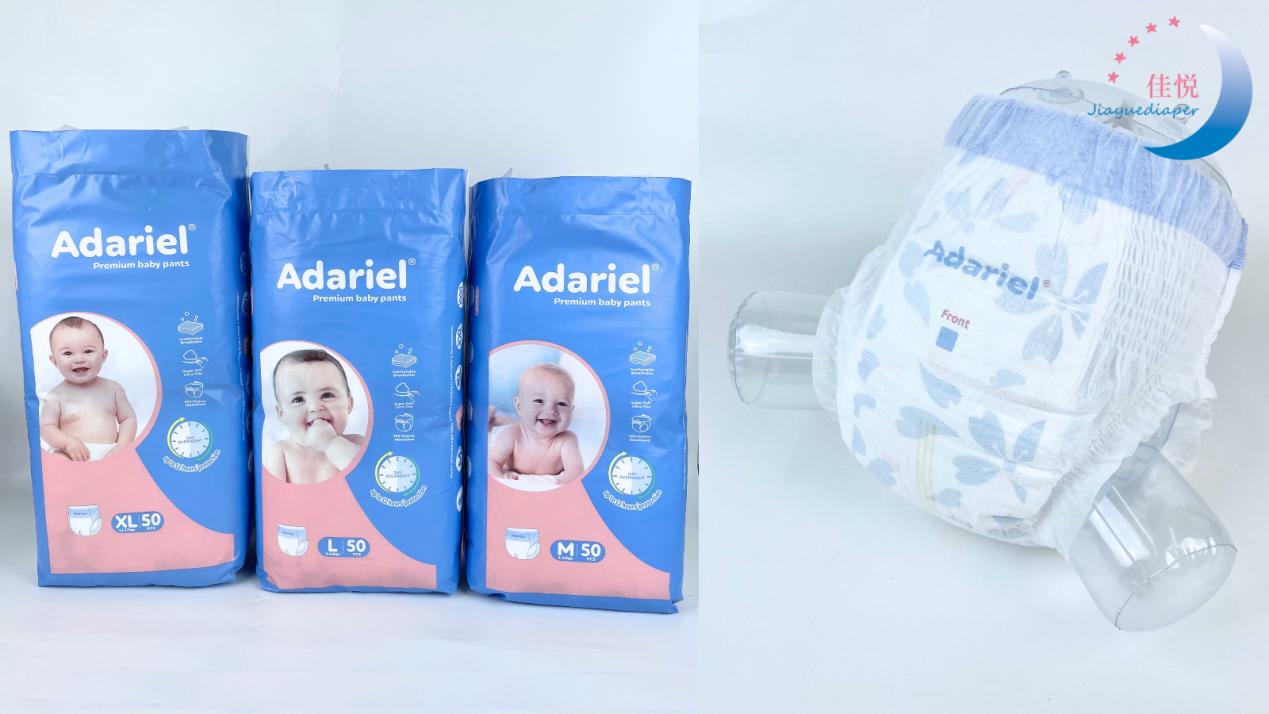
Jiayue remains dedicated to its promise of "consistent quality and stable delivery," rigorously controlling every production detail to ensure customer peace of mind. Every batch of products undergoes strict quality inspections, covering raw material selection, in-process quality control, and final product checks. Our quality control team conducts random sampling to ensure that core quality indicators such as packaging seal integrity, clear product coding, appearance, and absorption performance all meet delivery standards.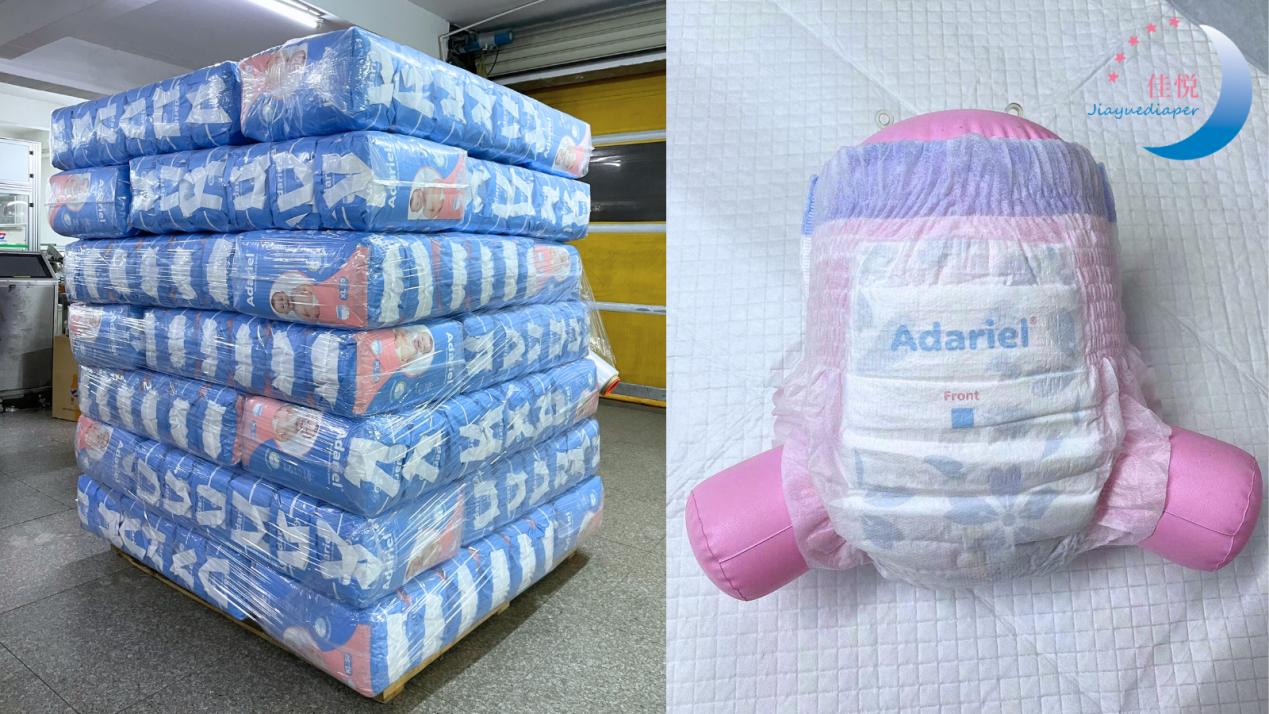
As a professional OEM manufacturer, Jiayue boasts strong brand-building and customization capabilities. Our product range covers baby diapers and pull-up pants, adult diapers and pull-up pants, pet diapers, wet wipes, sanitary napkins, and more. We provide comprehensive OEM and ODM services, offering free design and samples to our clients. With over 10 years of experience in the hygiene industry, we are dedicated to delivering high-quality hygiene products to consumers worldwide, safeguarding the comfort and health of every user.To meet the needs of different countries and regions, Jiayue offers customized production and sales solutions for baby diapers, helping brands establish a local market presence and precisely meet consumer demands.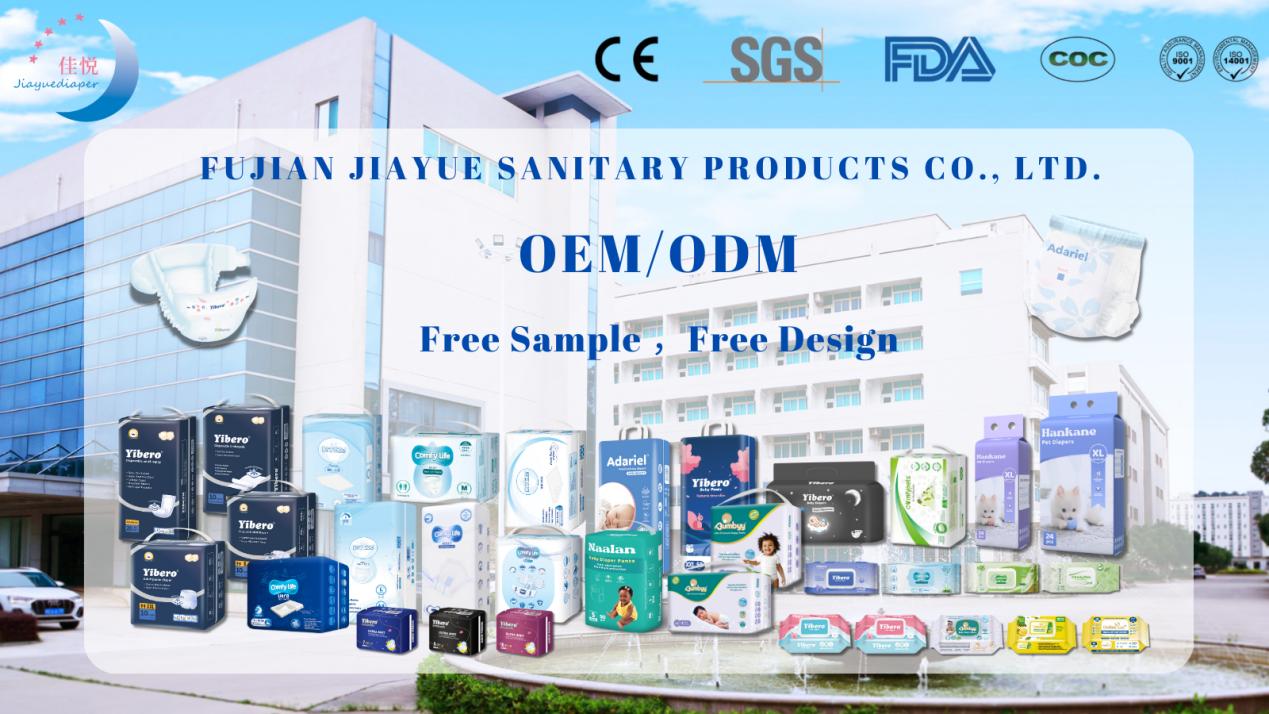
We sincerely thank our customers for their continued support of Adariel. In this latest collaboration, we not only received repeat orders from long-term clients but also earned the trust of new customers, successfully delivering over 800,000 pieces of baby diapers and pull-up pants. We will continue to uphold our commitment to strict quality control and on-time delivery, repaying our customers’ trust with real actions.We look forward to working with more partners to create a bright future together. Feel free to contact us to learn more about our products and customization services!